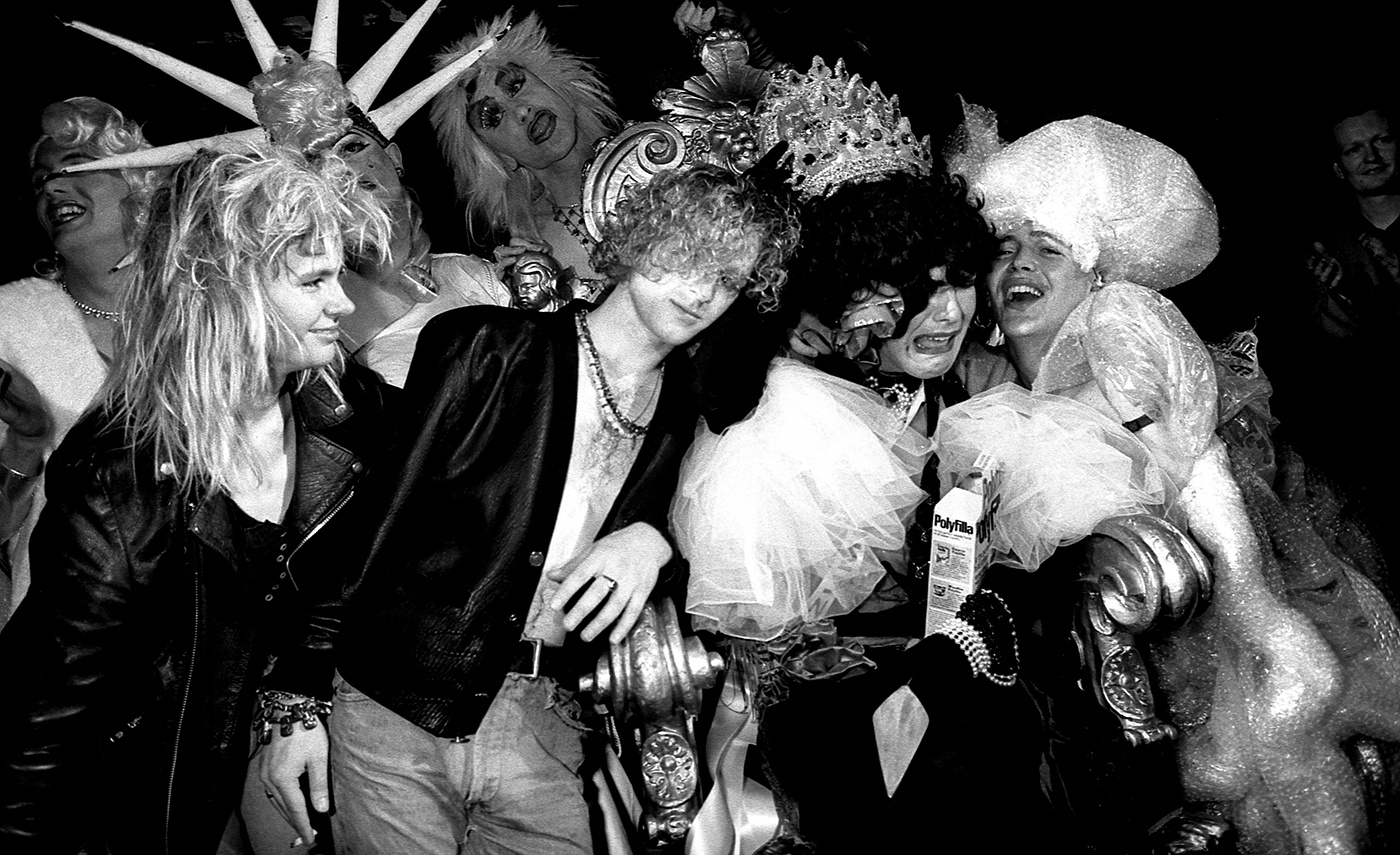London After Dark – Legacy and Metamorphosis of Clubbing from 1987 to Today
1987–1994 – The Acid House Epiphany
London, summer 1987. In the basements of Southwark, beneath strobe lights and dilated smiles, Shoom is born. Not just a club: a collective baptism.
Danny Rampling, fresh from Ibiza, brings a new sound—Chicago house, Balearic freedom, MDMA as sacrament.
Clubs like The Trip and Heaven become temples for a new tribe: young people in faded jeans, smiley t-shirts, wide-eyed.
The dancefloor is no longer just movement—it’s ego dissolution.
Legacy? The rave as a liberated space, where the body becomes language and the night becomes utopia.
1995–2005 – The Era of Superclubs and Urban Tribalism
1990s London rises vertically: clubs become institutions. Ministry of Sound is a sonic cathedral, Fabric a labyrinth of bass and sweat.
Turnmills and The End host sets that feel like ritual journeys: Sasha, Carl Cox, Goldie, Bukem—each with their own liturgy.
Style becomes urban, minimal, tribal. Flyers turn into art, bouncers into silent priests.
Drum’n’bass explodes, UK garage sneaks into hearts, progressive house sketches inner landscapes.
Legacy? The club as a cultural institution, where music is architecture and the night is designed.
2006–2016 – Diversity as Resistance
Post-millennium London fragments and reinvents itself. Dalston Superstore, VFD, Corsica Studios: small queer, alternative, radical spaces.
Here, clubbing is political. Identities mix, challenge, and celebrate each other.
Fashion is DIY, gender-fluid, ironic. Music is electroclash, grime, experimental techno.
Faces are no longer just DJs—they’re activists, performers, drag artists, poets.
Legacy? The club as an identity refuge, a lab of inclusion, a response to gentrification and homogenisation.
2017–Today – Post-Pandemic, Nostalgia and Metamorphosis
The pandemic shuts doors but opens new thresholds. Historic clubs struggle—some vanish, others reinvent.
Micro-raves emerge, hybrid events, digital rituals. Nostalgia becomes fuel—but also trap.
Young people dance between TikTok and secret warehouses, between algorithms and vinyl.
Music is liquid, global—but the need is ancient: to gather, to sweat, to exist.
Legacy? Clubbing as a living archive, a gesture of memory, an act of resistance against oblivion.
The Club as a Place of Truth
London clubbing has never been just entertainment. It’s been a language, a survival strategy, a declaration of presence.
And today, as future generations dance between chaos and connection, the legacy is clear:
the club is still the place where you can be real.

